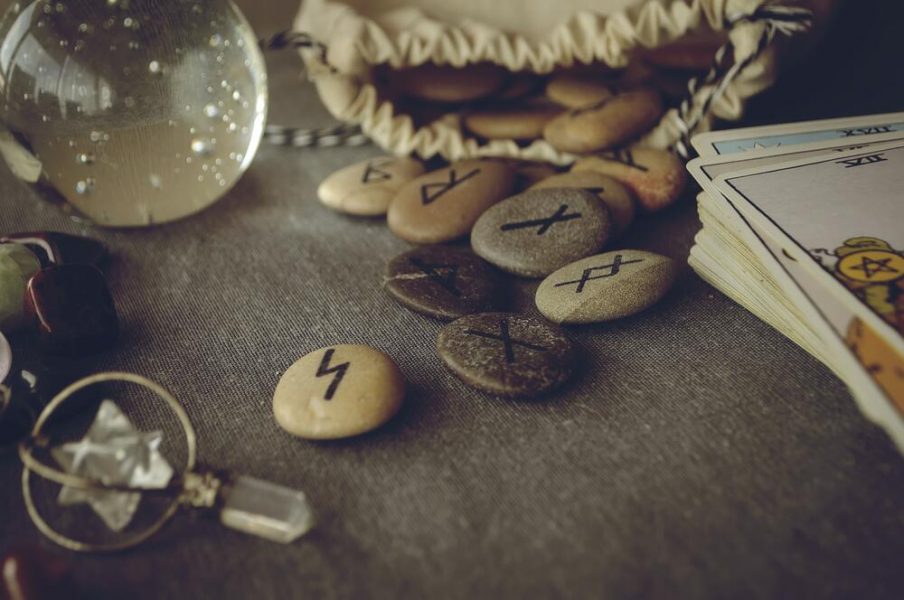And once again we have a small story from the life of the Vikings, so to speak. This time we turn to the part of the notes where the author describes various divination systems and magic in general. But! it begins with a preface, which also contains a lot of important information.
The first sentence sounds like this: “so that you are not defrauded of your money, you must distinguish magic <galdr> and deceptive magic <svikagaldr>". The second term refers to ordinary quackery.
In principle, it is not at all surprising that already at that time there were charlatans (or rather, charlatans) who made money from the fact that ordinary people did not understand magic at all and how it works. And these were not only fortune tellers, according to the author; he also mentions all sorts of witches, spellcasters and lists a whole bunch of specific and almost untranslatable words.
If that was the end of it, I wouldn’t even be writing this post. But! Further, the author explains how you can distinguish a genuine sorceress from a deceiver. Go?
- “If she promises you that by tomorrow the clouds will gather and it will start to rain, don’t believe her. No one living on earth has the power to direct the winds.”
- “Ask her to tell your future according to the runes. Charlatansvikagaldrakona> will agree with joy and ask for money in advance; he will refuse the fortune teller if he sees you for the first time. To sort out a person’s fate, you need to know him well.”
- “Ask her how it is that she can do magic. The charlatan will tell you about the gods and the elves who come to her at night, and how the northern lights awaken her power. And the sorceress will only shrug his shoulders: true magic is more like a quick movement of thought, a short wave of the hand, than empty chatter.”
All three of these points, of course, are still relevant today.

